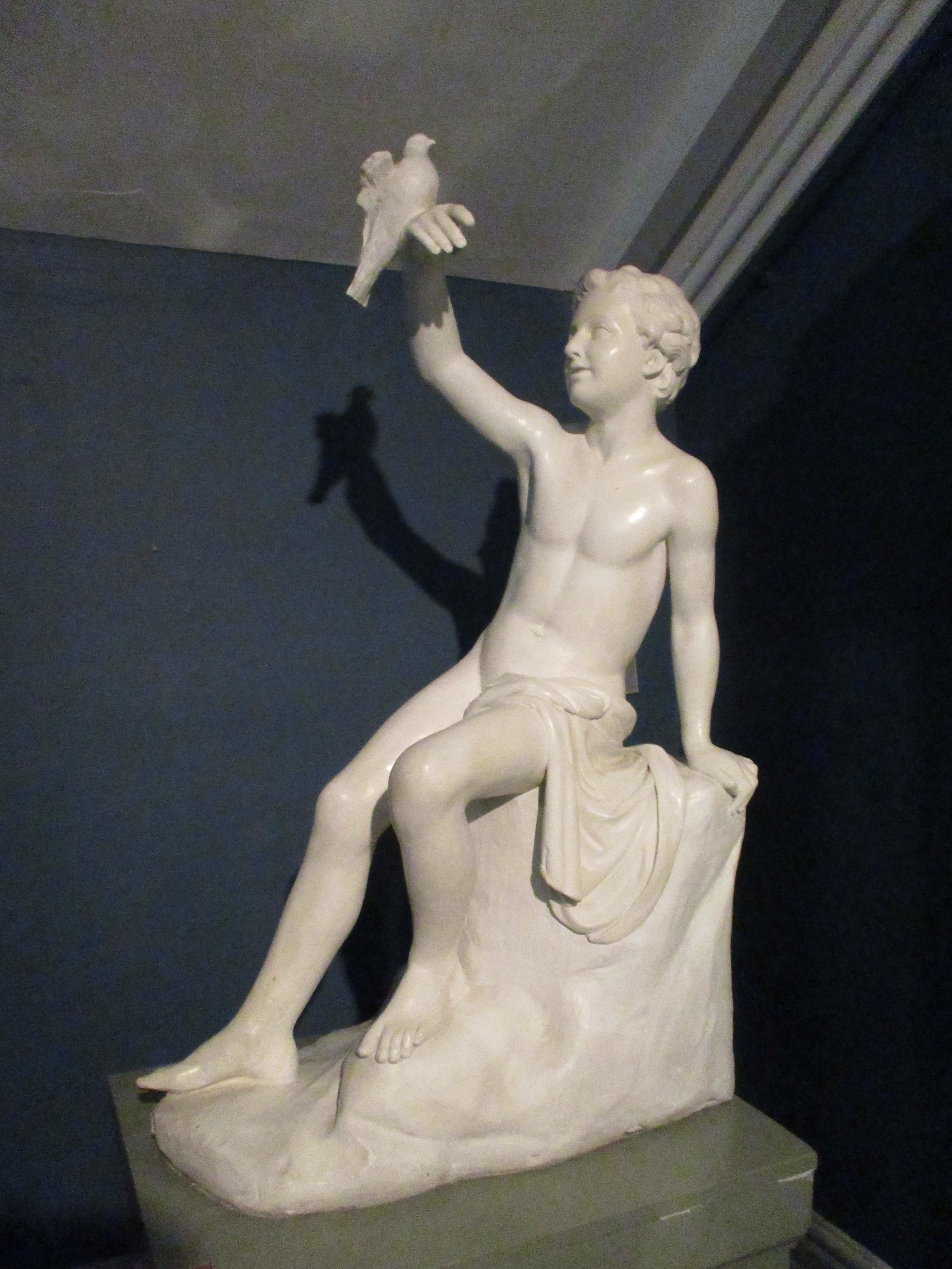The Crawford Art Gallery
Crawford Art Gallery, Cork
This post was originally published April 13, 2017.
One day, I was walking to the grocery store when out of the corner of my eye I saw a Greek statue. I thought "that can't be right" and backtracked to find myself face to face with several in a window. I wondered what statues like that were doing in Ireland then realized that they belonged to the art gallery. Since I like art and anything with free admission, I didn't need any extra convincing to give the gallery a visit.
The first room I walked in was filled with statues and friezes. I recognized the first one right away as Laocoon and His Sons. Laocoon was a Trojan priest who foresaw the trickery behind the Trojan Horse. He tried to warn everyone, but the gods were not having him interfere with fate, and Poseidon sent a serpent from the depths of the sea to attack him. Like most of the statues, it's not the original, but instead a plaster casting. I was pretty excited to have remembered the story though. Hurray for those three years of Latin class in High School!
The “Landellotti” Discobolus
The Disc Thrower
Other statues in the room ranged from Greek to Rome after the introduction of Christianity to statues sculpted by the Irish themselves.
A Girl Caressing a Child
Boy With Dove
Virgin of the Twilight
The Crawford at the Castle was a visiting exhibit that came from the national collection at Dublin Castle. It featured three centuries of Irish Art. The styles, mediums, and messages varied, but I'll share a few of my favorite pieces.
The Breadline, 1916
This piece is entitled "The Breadline, 1916" and it depicts the aftermath of the infamous event of Easter Rising, when the Irish rebelled against the British rule in favor of becoming an independent republic. According to the caption, the artist wanted to focus on the impact on the everyday people, rather than the soldiers.
Girl in a Bomb Blast
After Patinir
This piece was one of my favorite pieces in the entire gallery. It's called "After Patinir" by John Halpin. It was named after the Flemish painter Joachim Patinir, who was famous for creating imaginary landscapes. The artist of this piece created a fantasy landscape by piecing together 20 different pictures of people in West Cork.
After Patinir and Photos
On the second floor of the gallery was a large collection of paintings with some as old as the 16th century.
Time Flies
Economic Pressure or a Bold Peasant Being Destroyed
Madeline, St Agnes Charmed Maid
This piece is entitled "Madeline, St Agnes Charmed Maid." It was done by my favorite artist in the gallery, Harry Clarke, who designed a room full of paintings for the windows of St Agnes Church. My favorite painting done by him though did not come out well on camera but can be seen on the gallery's facebook page here. It's called "Ages, long ago, these lovers fled away from the storm." It's a mouthful, I know, but it's equally enchanting.
These two paintings were the last points of interest on my tour. They are the faces of Samuel Beckett and James Joyce by Louis le Brocquy. I appreciated that you needed to take a minute to recognize the faces in the canvas. I don't know what the artist is telling me with these pieces, but I received them well.















